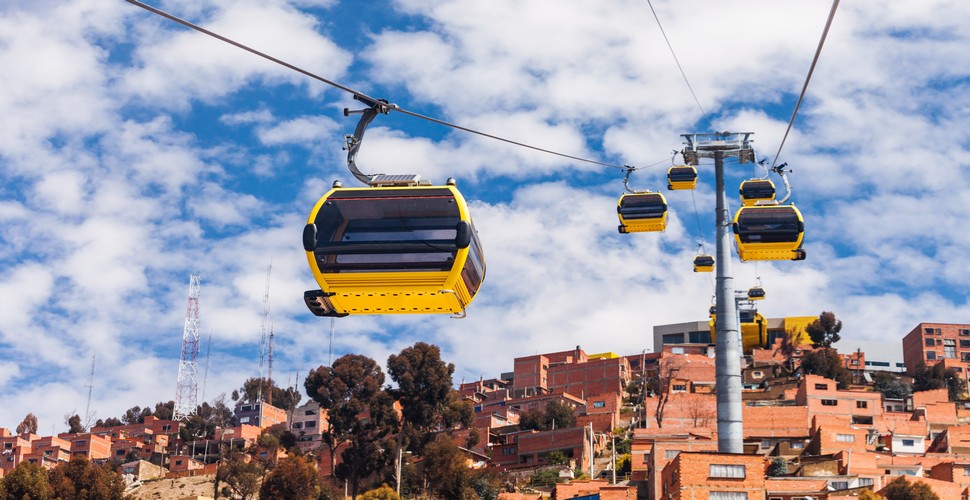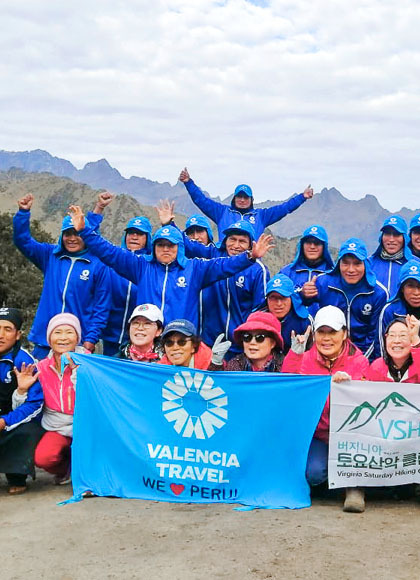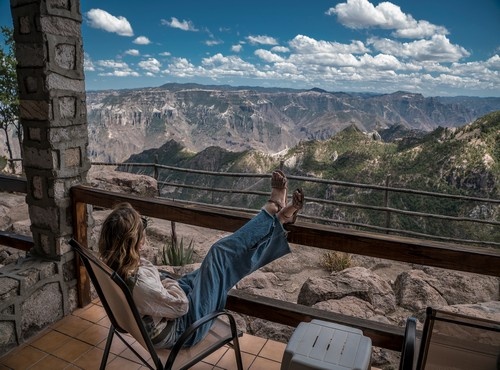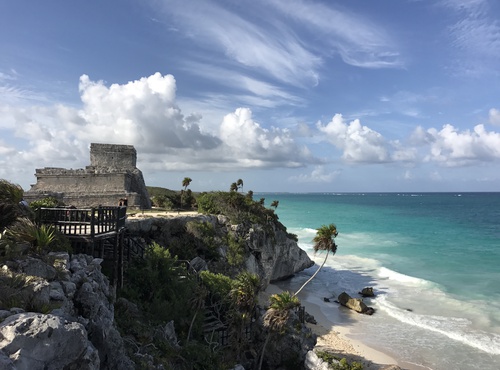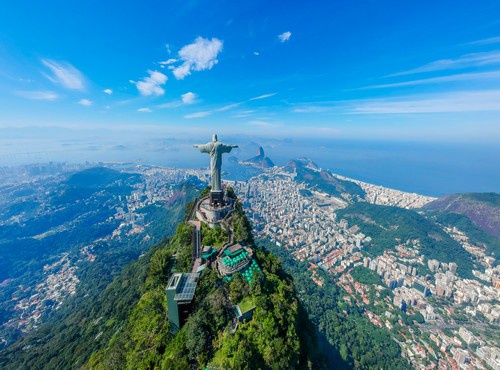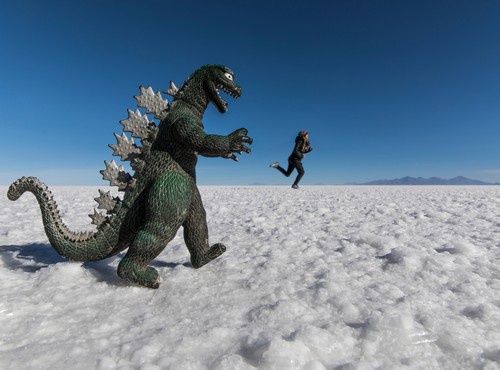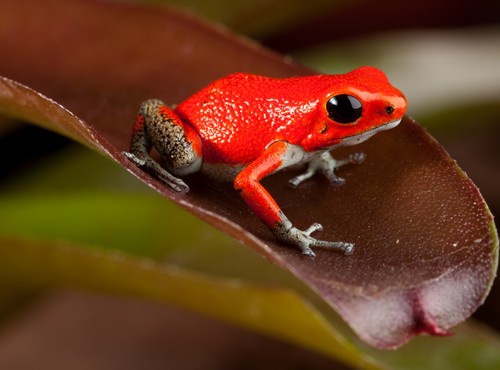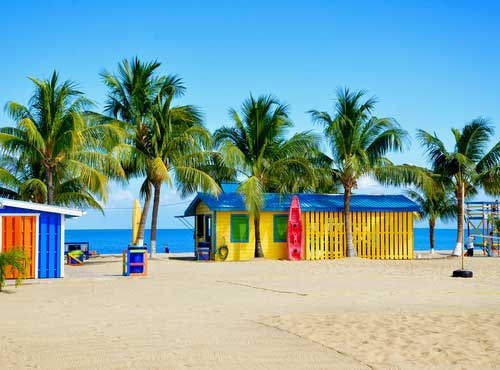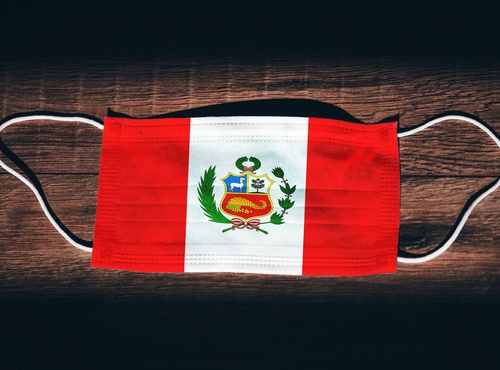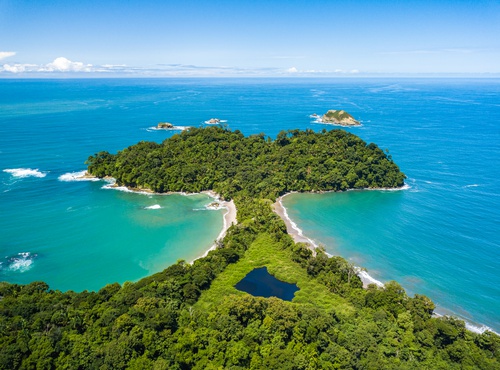
Written by:undefined undefined
Published: 25-03-2022
La Paz Bolivia, is a city that almost touches the heavens. La Paz sits in a valley surrounded by the high altiplano and has officially a range of elevations, varying from 3000 to 4100 m. Overlooking the city is the immense triple-peaked Illimani Mountain always snow-capped and the perfect backdrop to this eclectic city. La Paz is the legislative capital of Bolivia and is the biggest city in Bolivia. The official capital of Bolivia is actually in Sucre. Lesser- visited than other countries in South America, Bolivia is the most indigenous country, where you can experience the indigenous languages of Quechua and Aymara, the fascinating culture and traditional customs first hand.
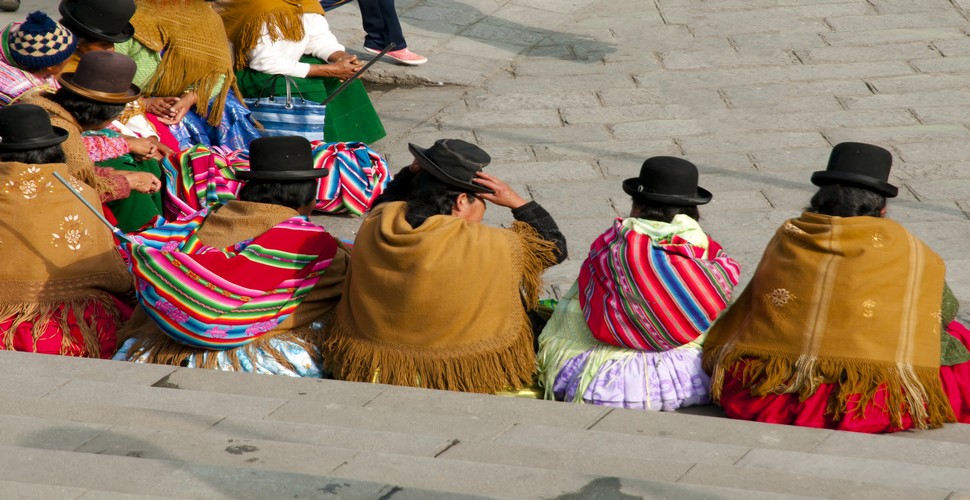
Traditional dress of Bolivian women
Getting There and Getting Around
El Alto Airport, is the international airport just 25 minutes from the centre of La Paz. Take a taxi or minibus into town, or make arrangements with your hotel to send a taxi for you. The airport can be found in El Alto above the city of La Paz, and planes come in fast, due to the thin air found at the 4100 m elevation.
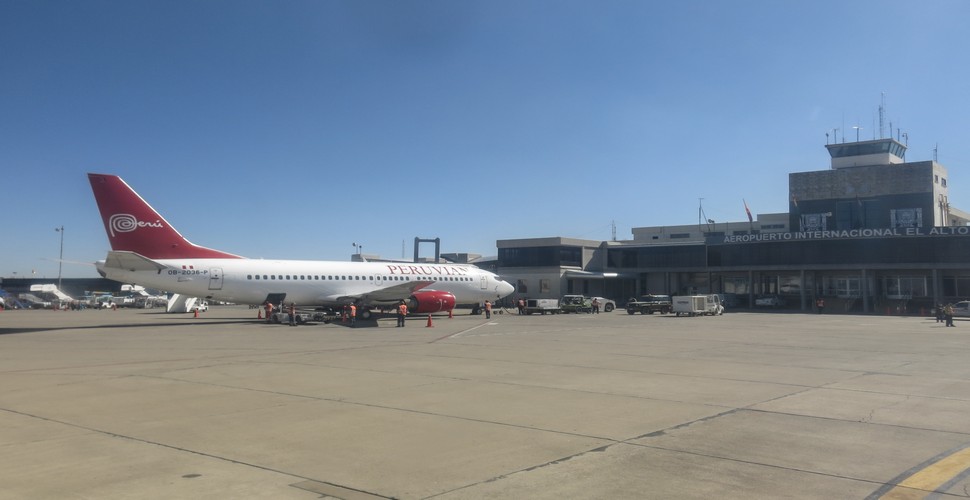
El Alto Airport
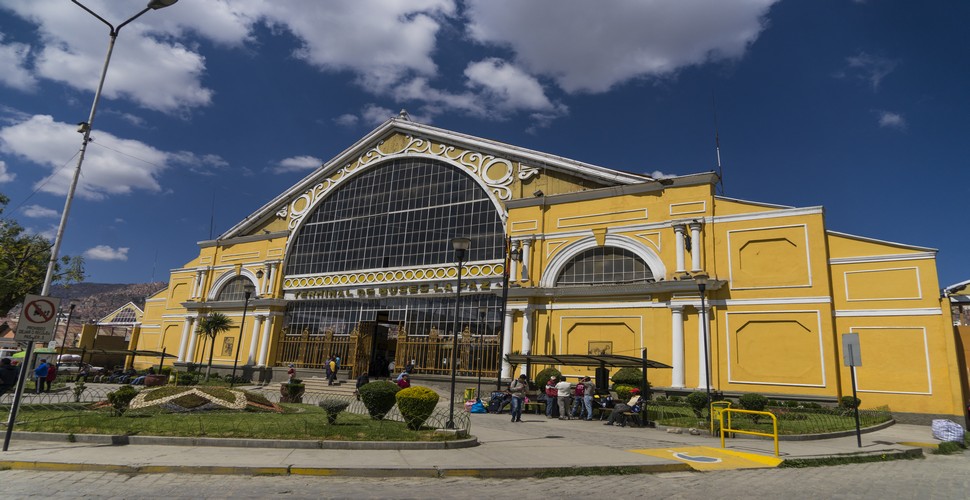
Bus terminal
By taxi, the centre of La Paz is very walkable but there are many taxis operating who will take you up and down the many hills in the city. Residents of La Paz, paceños, are used to the altitude and walk fast, but you'll probably enjoy a slower pace.
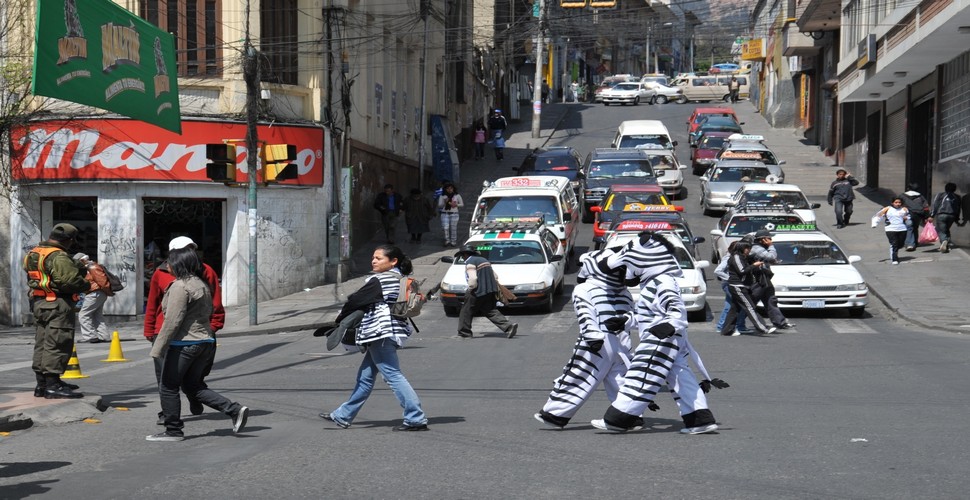
Zebras help you cross the road in La Paz
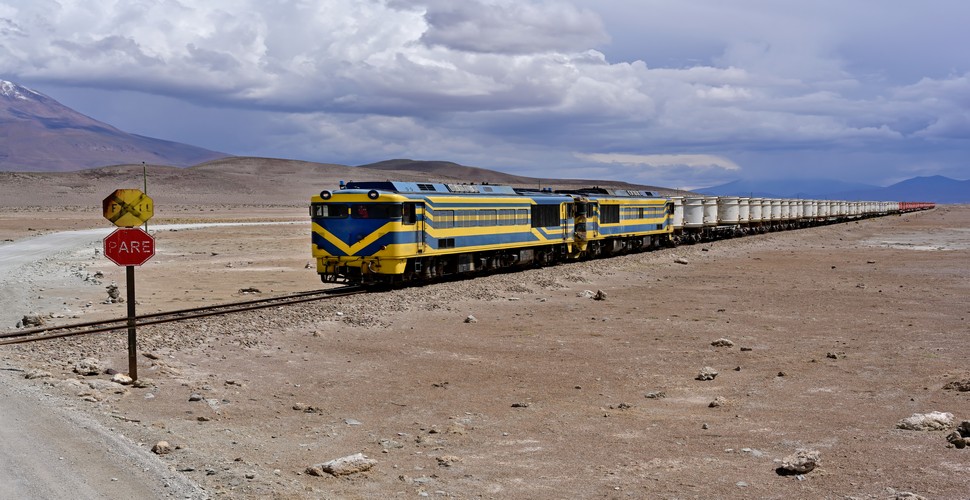
Bolivian train
When to Go
April to October is the recommended time of the year to visit, though La Paz has an average year -round daytime temperature of 18 to 20 °C. No matter when you go, be prepared for wind and cold nights, de to the altitude. Summer is the wet season which runs from December to March. Be prepared to feel the altitude, especially if you fly into the city.
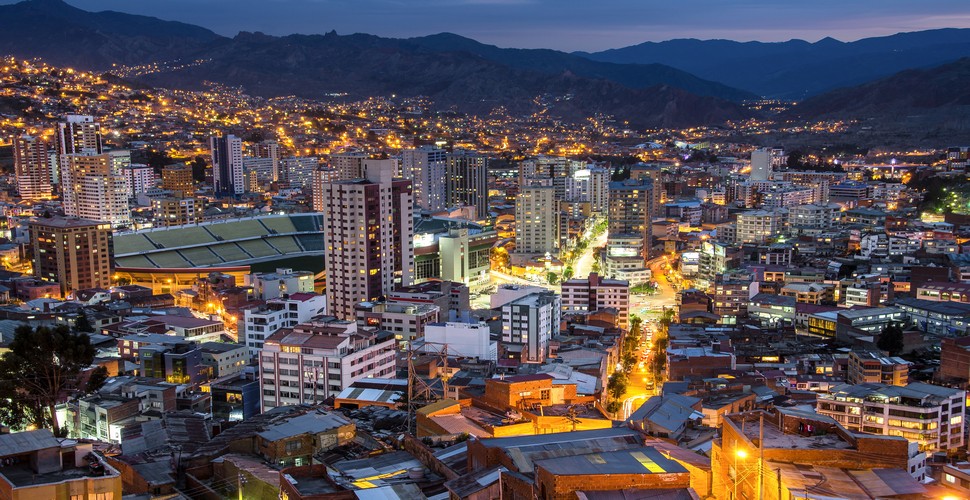
La Paz at dusk
Things to Do and See
Plaza Murillo, originally the Plaza de Armas, was so called after General Murillo, one of the heroes of the Bolivian independence army. The centre of La Paz, is bordered by the cathedral whose towers were completed for the papal visit in 1997, and by the Government Palace. Guarding the entrance are the guards in red uniforms in honour of the soldiers of the Pacific War (1879-84) when Bolivia lost its access to the sea, to Chile. Across the plaza is the House of Congress.
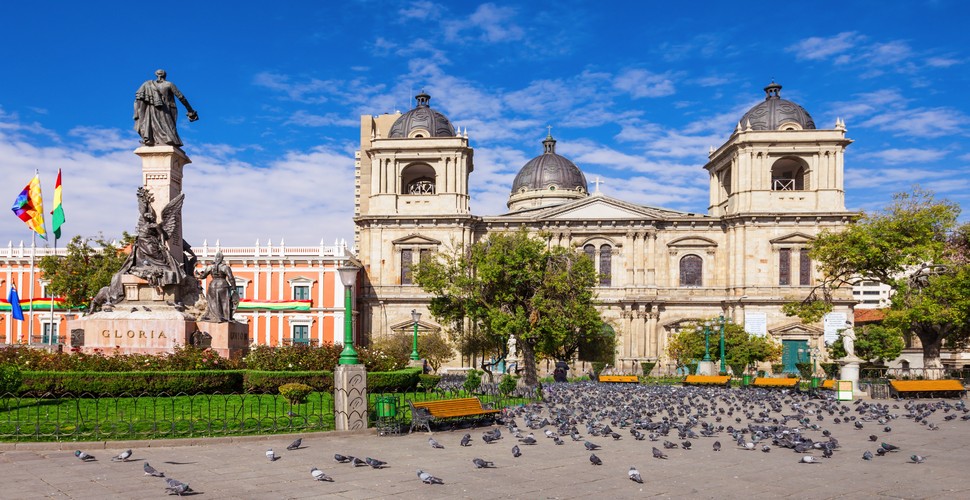
The Plaza Murillo
The Iglesia de San Francisco, dating back to 1548. Particularly notable are the combination of Christian and indigenous figures as well as animals carved on the stonewalls.
Museo de Oro with Golden artefacts from the pre-Columbian era.
Stroll the narrow, cobbled-stoned Jaen Street, and take a walk back in time to colonial days.
Casa Murillo Museum, with its ornately carved furniture, colonial paintings, coins and silver exhibits.
Museo Nacional de Arqueología Houses items from the Tiahuanaco archaeological site. It is also recommended to visit the Tiahuanaco site itself just an hour outside of La Paz.
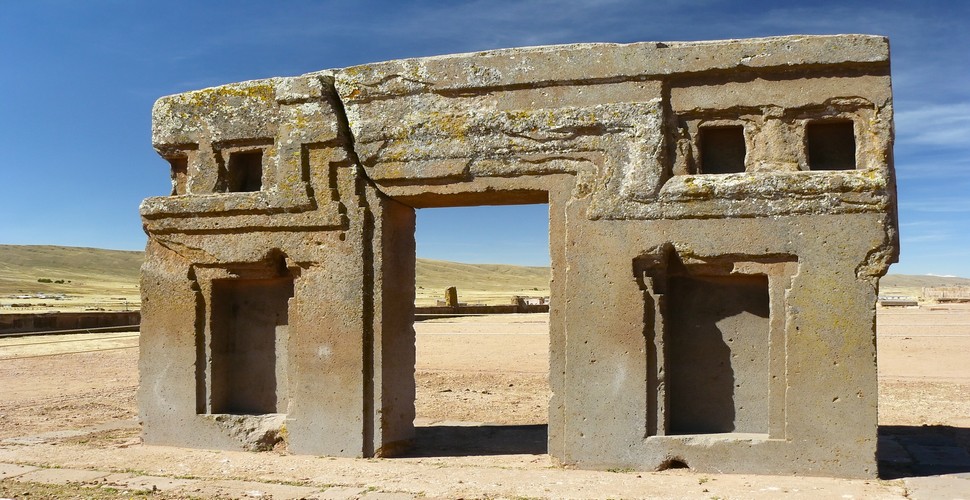
Tihuanaco
Attend a peña - musical folklore show with singing and dancing. Some offer a meal as well as drinks.
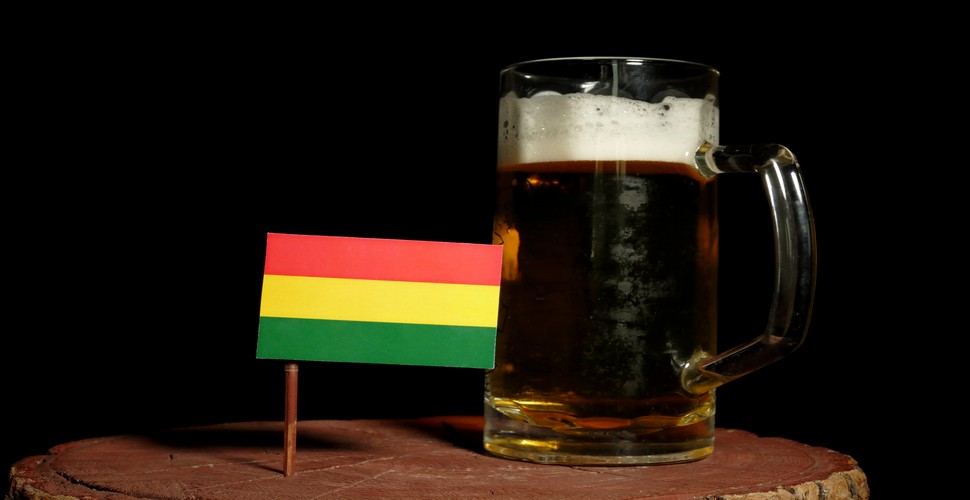
Paceña Beer
Casa Museo Nuñez del Prado was once a family home and now is a private museum displaying the works of the sculptor Marina Nuñez del Prado, her sister Nilda and other family members.
Mirador Laikakota - lookout and children's park, offering panoramic views over La Paz. This is an excellent spot to photograph the magnificent Illimani peak.
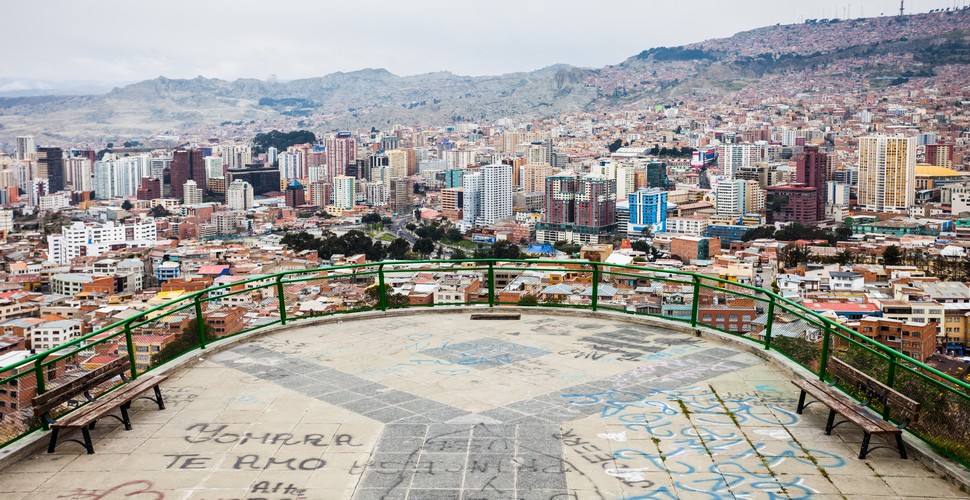
Laikakota lookout
Day trips
Lake Titicaca and Copacabana
Valle de la Luna - Moon Valley
Play golf, go mountain biking, go skiing at Chacaltaya
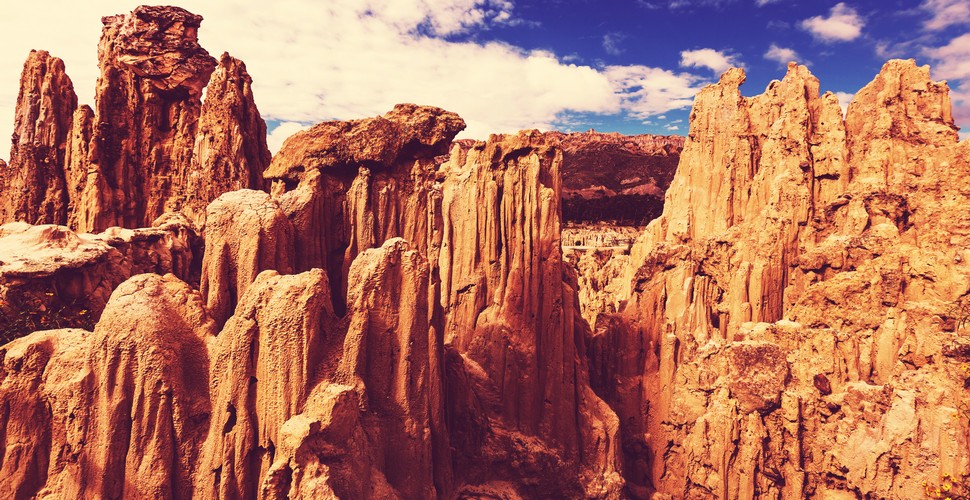
Moon Valley
Shopping Tips
Traditional and authentic items from Bolivia can be found in the Mercado de las Brujas Witches' Market for charms, potions and herbal cures.
Other Bolivian items include Silver and textiles, hand knitted Alpaca wool garments, hand-made painted wood carvings, traditional masks from the festivals
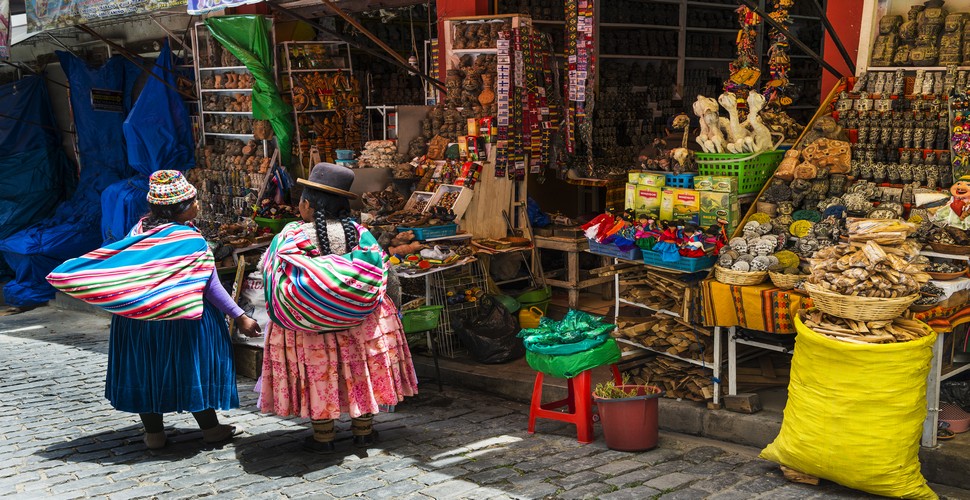
Witches market
Food and Drink
Cuisine in La Paz is a fusion between traditional Bolivian and international cuisine. Try all the local dishes, and try a snack of salteño, or tucumano, which are empanada-like pasties originating in Argentina.
Order the special of the day, usually served for lunch, which is usually reasonable in cost and consists of soup, main course and dessert, sometimes with an added salad and coffee. Lunch, or almuerzo, is the main meal of the day, followed by a light dinner, with anticuchos (skewered beef hearts) as a favoured snack or light meal.
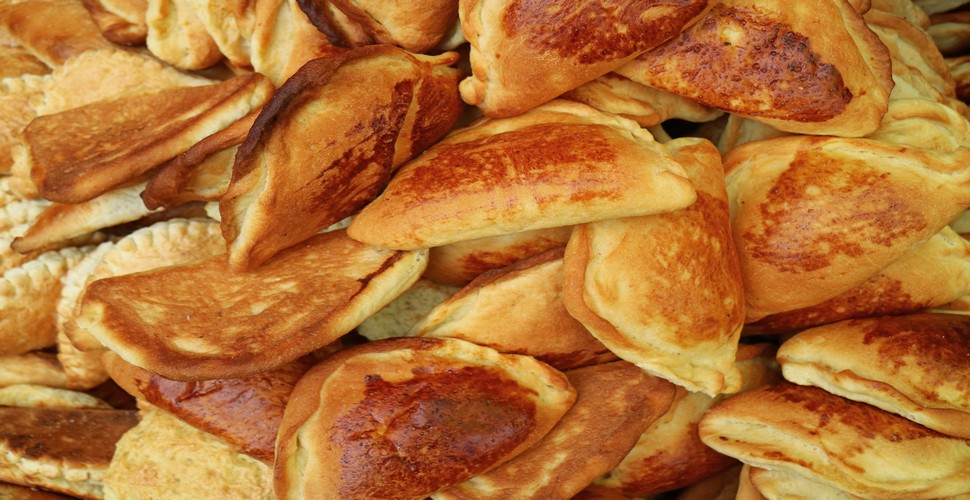
Salteñas
In addition to tea, coffee and maté, Paceños drink soft drinks in abundance, Paceña Beer, chicha in its different varieties, including Chicha de mani, and for breakfast, a sweetened corn and cinnamon drink called api. Bolivian wines aren't as good or as popular as Chilean and Argentinian wines, but are reasonably priced and definitely drinkable.
Singani is the local spirit, which is a distilled grape spirit, similar to Pisco.
